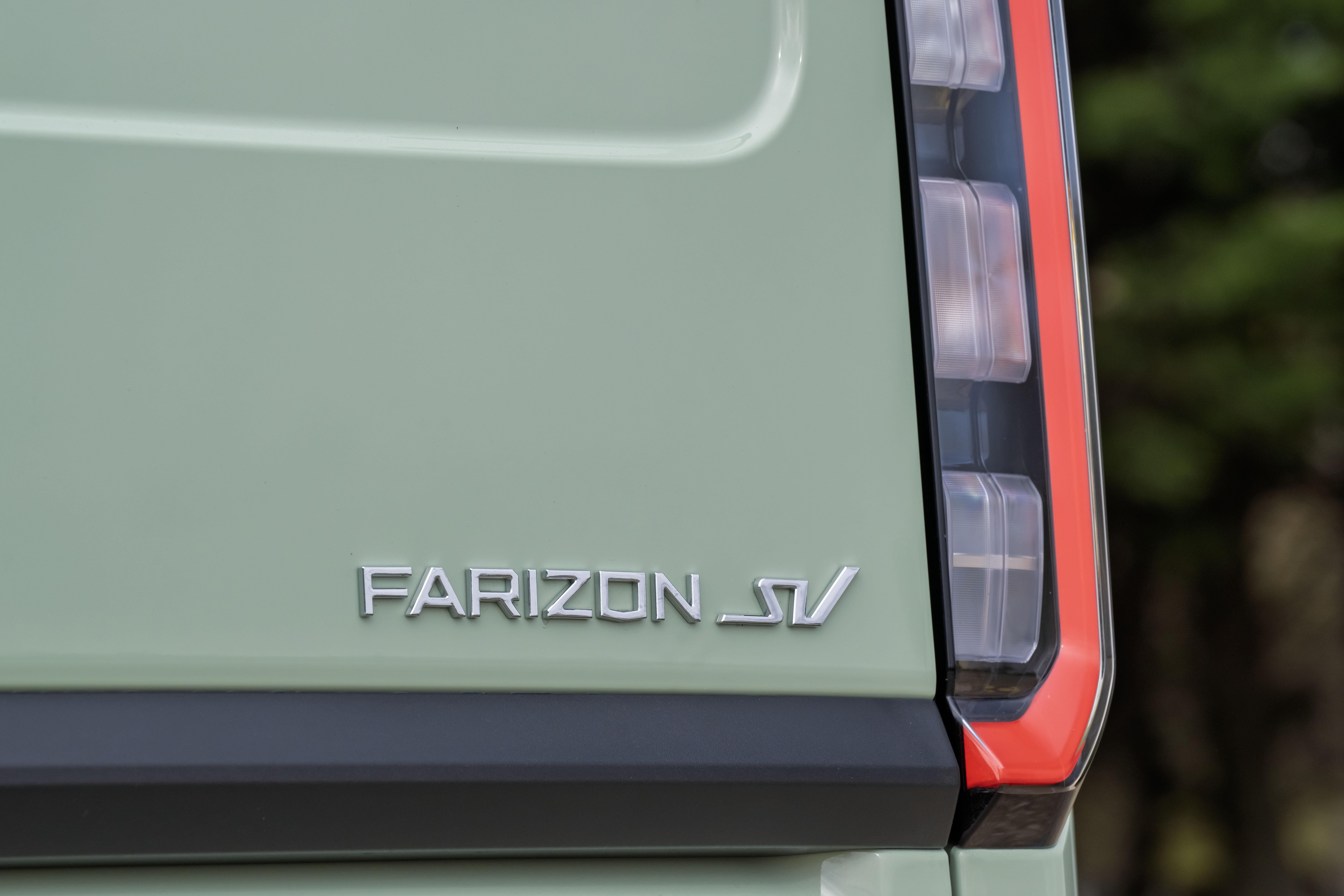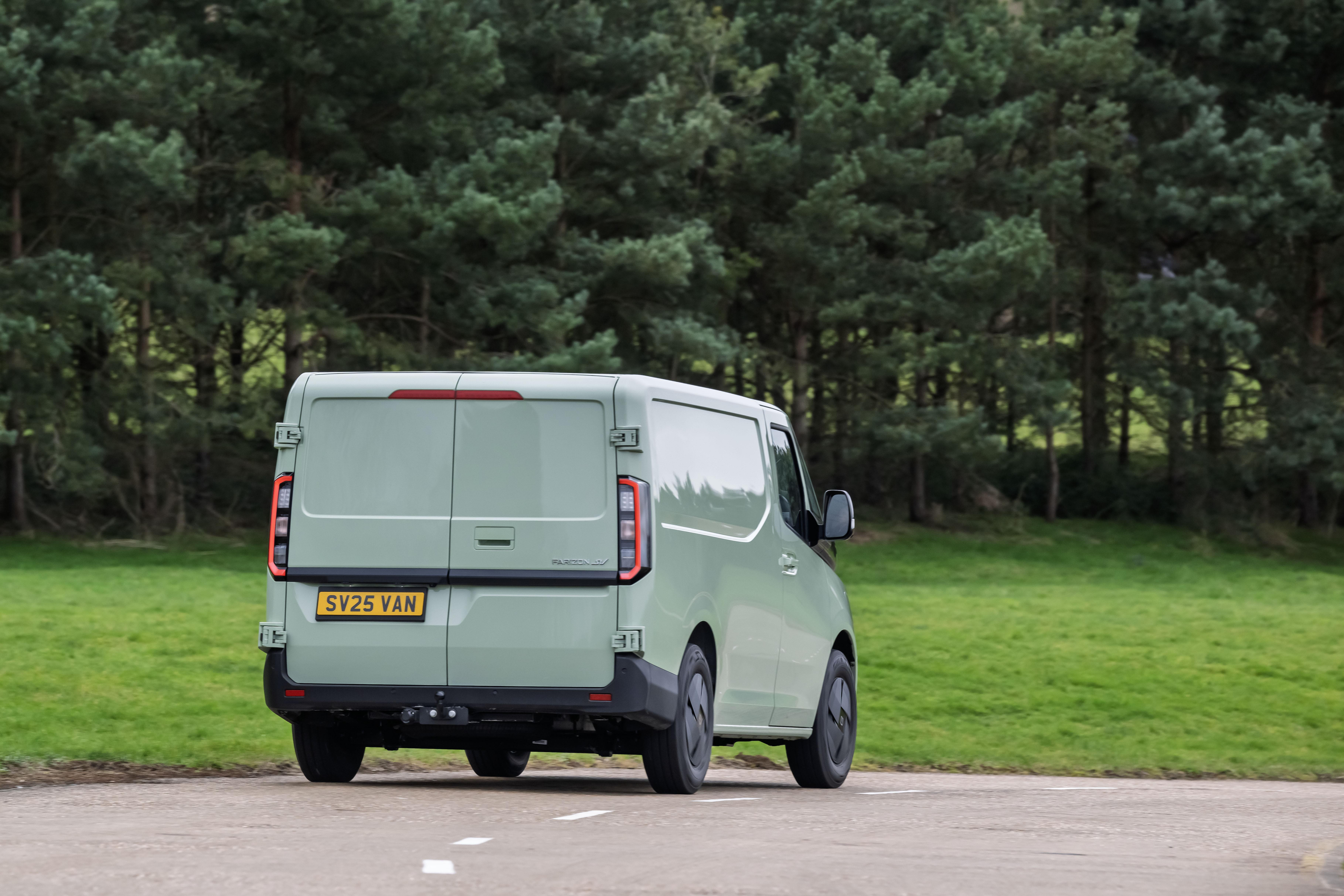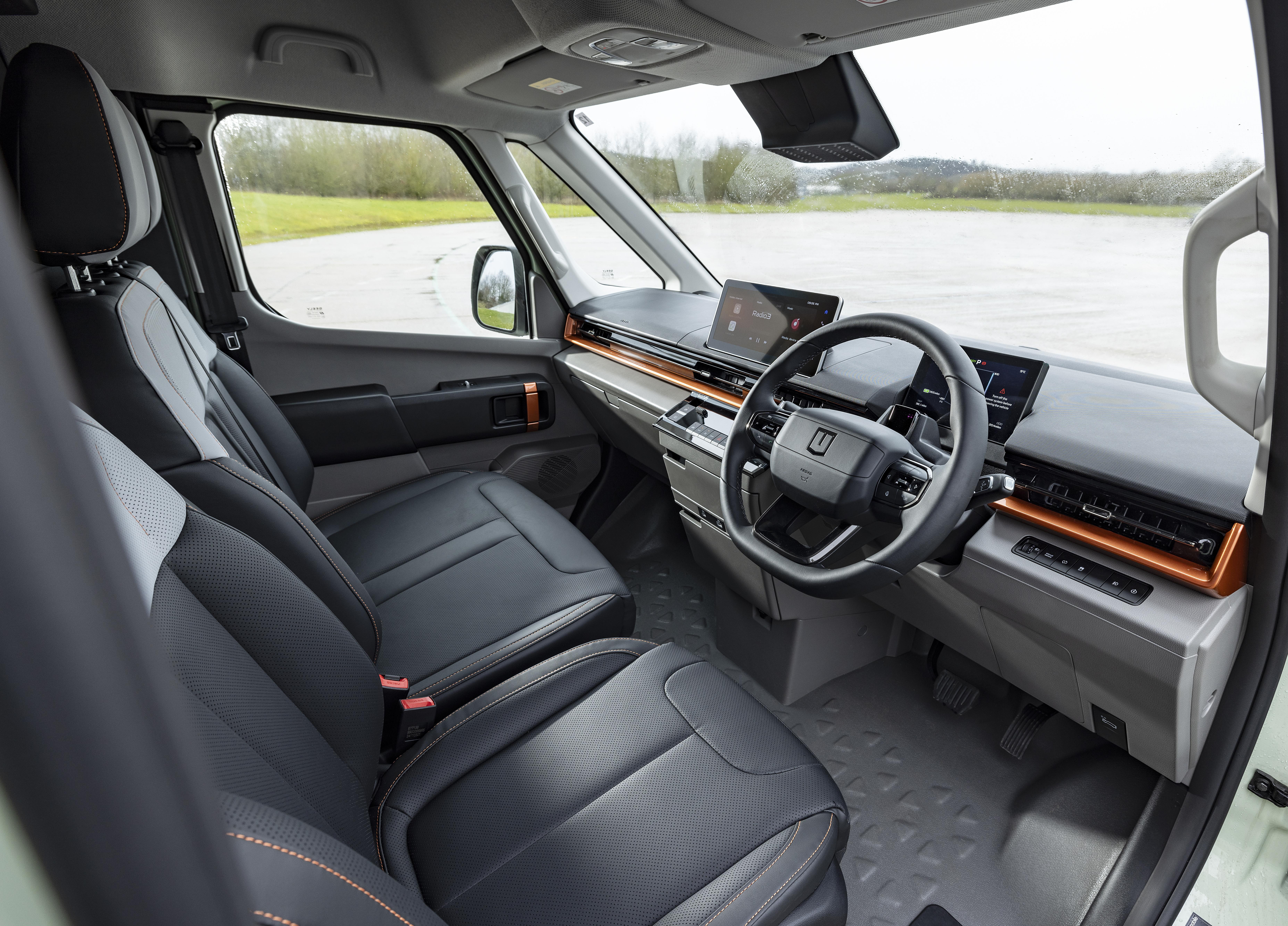Service Rating | 1,422 reviews
Mon - Fri: 9am - 5:30pm
What is it?
There used to be a small selection of offerings in the electric commercial vehicle segment.
However, times have changed, and the flood of Chinese vehicle manufacturers dominating the market means the choice of battery-powered vans has increased.
Meet the latest addition to the electric van fleet with the Farizon SV.
What’s new?
You may have never heard of Farizon, and that’s because they are a new Chinese brand that has just entered the UK market – with the SV van its first model.
Farizon was started in 2016 by the umbrella company Geely, which owns Volvo, Polestar Lotus and the London Electric Vehicle Company.
But, with EVs on the rise, Farizon is expanding its market outside of China and into Europe.
SV stands for ‘Super Van’ and is sold solely as an electric vehicle and will be directly competing with the Ford E-Transit and Vauxhall Vivaro Electric.
What’s under the bonnet?

The van can be equipped with a choice of three different battery packs.
The entry-level L1 and mid-level L2 come as standard with the choice of 67kWh or 83kWh and offer a range of between 177 miles and 234 miles on a single charge.
There is a longer wheelbase version called the L3, and it can be equipped with the 83kWh or a larger 106kWh unit that Farizon claims can travel up to 247 miles between trips to the plug.
All of the batteries used cell-to-pack technology, which reduces weight and increases body rigidity and battery capacity.
Also, all models come with vehicle-to-load (V2L) technology, which allows electrical devices to be plugged in using the van’s battery. Plus, the SV has a maximum towing capacity of 2,000kg.
What’s it like to drive?

Out on the road and the SV is a surprise. Its suspension set-up is very similar to a normal car, allowing it to have an agile and sporty feel when cornering – which is thanks to its double wishbone suspension.
The ride is smooth and subtle, even over uneven road surfaces, and its performance isn’t sluggish, either.
How does it look?
The van looks like nothing else that the competition has to offer.
Farizon has tried to make the SV stand out by giving it a rounded and bubble-shaped appearance.
At the front, there are slim headlights, while the side profile is typically slab-sided, with the charging flap located on the offside front wing.
Meanwhile, the rear of the van features high-positioned tail lights and a black plastic strip that runs across the double rear doors.
What’s it like inside?

Jump aboard, and the interior layout feels much more like a normal car with everything feeling very modern.
What stands out the most is the use of physical buttons for the climate control functions in the centre of the dashboard – scoring highly when it comes to ergonomics.
The central screen is rather easy to use and the digital driver’s display is clear and of a good size. One novelty is the ‘payload monitoring system’, which measures the weight of the cargo in the back to make sure you don’t exceed the van’s maximum loading capacity.
In the back, the standard L1 H1 variant with the smallest 67kWh battery pack can carry a maximum of 1,350kg and has a payload of 6.95 cubic metres. The largest L3 H3 can carry 1,045kg and has a 13 cubic metre payload.
Also, the SV’s lack of B-pillar gives greater access inside and the rear doors can open at 180 degrees or 270 degrees for an additional cost.
What’s the spec like?
Standard equipment is very generous, with only one trim level to choose from. All vans come with Apple CarPlay and Android Auto, heated seats, a 12.3-inch touchscreen system and lots of safety equipment.
Prices are on par with its main rival, the Ford E-Transit, with the cheapest being £45,000, excluding VAT. The most expensive L3 H3 model comes in at £56,000, excluding VAT, too.
Verdict
The Farizon SV is a perfectly acceptable offering in a growing sector of electric vans. It comes with lots of standard equipment, has a decent towing capacity and payload and is not terrible to drive.
However, it doesn’t do anything particularly outstanding against the competition. This new Chinese offering would be better suited to the independent buyer instead of being the van of choice for larger business fleets.